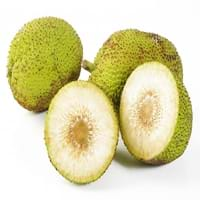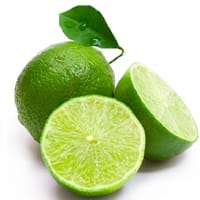Health Benefits
Cancer prevention, Heart care, Maintains healthy cholesterol level, Treatment of skin Diseases
Arthritis treatment, Cholera treatment, Gout treatment, Heart care, Piles treatment, Scurvy treatment
General Benefits
Boosts immune system, Digestive aid, Helps in weight loss, Maintains healthy cholesterol level
Cures fever, Digestive aid, Eye care, Maintains healthy cholesterol level, Treatment of common cold
Skin Benefits
Anti-aging benefits, Skin rejuvenation, Treatment of skin diseases
Anti-aging benefits, Skin rejuvenation, Treatment of acne, Treatment of dark spots
Hair Benefits
Protects hair, Regulates hair growth, Treatment of dandruff
Promotes longer and healthier hair, Treatment of dandruff
Allergy Symptoms
Hives, Inflammation of nose, Swelling of mouth, tongue or lips
Breathing difficulty, Coughing, Eye irritation, Hives, Inflammation, Nasal congestion, Runny nose, Skin rash, Wheezing
Side Effects
Allergic reaction
Chances of sunburn
Best Time to Eat
Along with meal, As a snack in the late afternoon, Don't consume at night and before bed, Don't eat after meal
Along with meal, Best to drink warm water with lime on an empty stomach, Don't consume at night and before bed
Vitamin B5 (Pantothenic Acid)
Vitamin C (Ascorbic Acid)
Vitamin K (Phyllochinone)
Calories in Fresh Fruit with Peel
Not Available
Not Available
Calories in Fresh Fruit without Peel
Calories in Frozen Form
Not Available
Not Available
Calories in Dried Form
Not Available
Not Available
Calories in Canned Form
Not Available
Calories in Jam
Not Available
Type
Fruit vegetable, Tropical
Citrus, Tree fruit
Season
All seasons
All seasons
Varieties
Koqo, Tamaikora, Temaipo, Uto Kuro, Samoa, Buco Ni Viti and Kulu Dina
Key lime, Persian lime, Kaffir lime, Desert lime, Palestine Sweet Lime, Mexican Sweet Lime, Mary Ellen Sweet Lime
Color
White, Yellow
Green
Inside Color
White
Light Green
Origin
South Pacific
India
Soil Type
Loam, Sand, Sandy loam, Well-drained
Clay loam, Sandy loam
Climatic Conditions
Humid, Rainfall, Warm
Sunny, Warm to hot climate
Facts about
- The milky sap of breadfruit tree is used as glue & bark is used to make papers.
- Breadfruit tree produces 1st fruit after 2-3 years from planting & remains productive for decades.
- The seeds of breadfruit are edible.
- Lime is the called as the powerhouse of flavors.
- Fresh lime juice is so acidic that it can dissolve concrete.
- Limes are more fragrant and acidic than lemons.
- Persian limes are almost seedless and thorn less.
Top Producer
Jamaica
China
Other Countries
Africa, India, United States of America
Argentina, Brazil, India, Mexico
Top Importer
United States of America
United States of America
Top Exporter
Jamaica
Mexico
Botanical Name
Artocarpus altilis
Citrus aurantifolia
Synonym
Artocarpus communis or Artocarpus incisa
not available
Subkingdom
Tracheobionta
Tracheobionta
Division
Magnoliophyta
Magnoliophyta
Class
Magnoliopsida
Magnoliopsida
Subclass
Magnollidae
Rosidae
Species
A. altilis
C. aurantifolia
Generic Group
Mulberry
Citrus fruit
Difference Between Breadfruit and Lime
We might think that Breadfruit and Lime are similar with respect to nutritional value and health benefits. But the nutrient content of both fruits is different. Breadfruit and Lime Facts such as their taste, shape, color, and size are also distinct. The difference between Breadfruit and Lime is explained here.
The amount of calories in 100 gm of fresh Breadfruit and Lime with peel is Not Available and Not Available and the amount of calories without peel is 103.00 kcal and 30.00 kcal respectively. Thus, Breadfruit and Lime belong to High Calorie Fruits and Low Calorie Fruits category.These fruits might or might not differ with respect to their scientific classification. The order of Breadfruit and Lime is Rosales and Sapindales respectively. Breadfruit belongs to Moraceae family and Lime belongs to Rutaceae family. Breadfruit belongs to Artocarpus genus of A. altilis species and Lime belongs to Citrus genus of C. aurantifolia species. Beings plants, both fruits belong to Plantae Kingdom.









